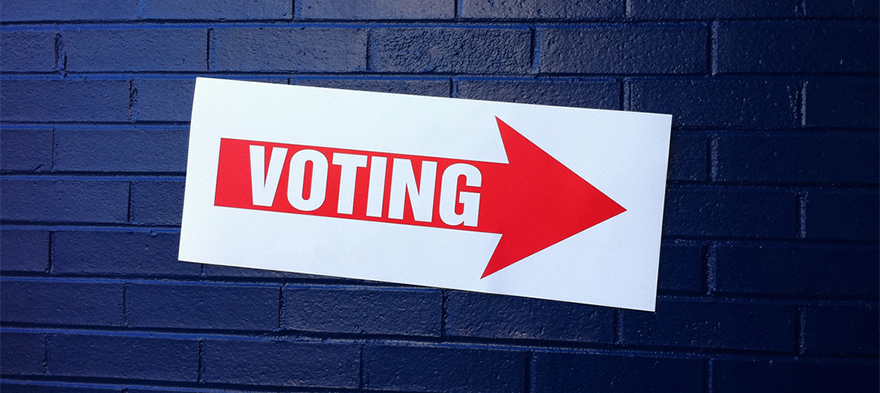
Nov 8, 2016 12:00:00 AM
In many places, we have school systems that are separate and unequal. Money by itself is never the only answer but giving [children] who start out already behind in life, fewer resources is unconscionable and it is far too common.School districts across the country receive federal Title I funding to ensure that low-income, low-performing students are provided with additional resources to help them perform better academically. At least one percent of each district’s Title I funds must be used on activities to increase family engagement, raise awareness and help improve interactions between school-based staff and the community served. While education funding disparities exist from state to state and district to district, they exist within districts, too. Students of color and low-performing students are disproportionately taught by inexperienced, under-qualified teachers. As we look to the courts to equalize and fairly fund education across this nation, let us remind the presidential candidates of Arne Duncan’s words:
Federal spending was never intended to equalize funding for poor children. It was meant to add more money for poor children—recognizing that English Language Learners, disabled and poor children need more resources. This money was about trying to get that money to those we all know need it.The nation’s voters are watching and waiting.
Born and raised in North Philadelphia, Quibila is an education advocate who has worked tirelessly to ensure that all children are provided with equal access to a high-quality education. She is a proud Philly resident who chose to purchase a home near her childhood residence in order to serve as a positive role model. She has over 20 years of experience educating students, enlightening families and empowering communities as the founder and president of her own nonprofit agency, The Educational Advocates Reaching Today’s Hardworking Students, Inc. (EARTHS) She is an advisor to Pennsylvania Department of Education’s Community Improvement Zone grantee, PARENT POWER (What Will You Do With Yours?) and she served as treasurer of Philadelphia’s League of Women Voters. She holds a bachelor's from Drexel University and a master's from Lincoln University, the country’s first historically Black, degree-granting university.
The story you tell yourself about your own math ability tends to become true. This isn’t some Oprah aphorism about attracting what you want from the universe. Well, I guess it kind of is, but...
If you have a child with disabilities, you’re not alone: According to the latest data, over 7 million American schoolchildren — 14% of all students ages 3-21 — are classified as eligible for special...
The fight for educational equity has never been just about schools. The real North Star for this work is providing opportunities for each child to thrive into adulthood. This means that our advocacy...
Your donations support the voices who challenge decision makers to provide the learning opportunities all children need to thrive.
Ed Post is the flagship website platform of brightbeam, a 501(c3) network of education activists and influencers demanding a better education and a brighter future for every child.
© 2020–2024 brightbeam. All rights reserved.
Leave a Comment